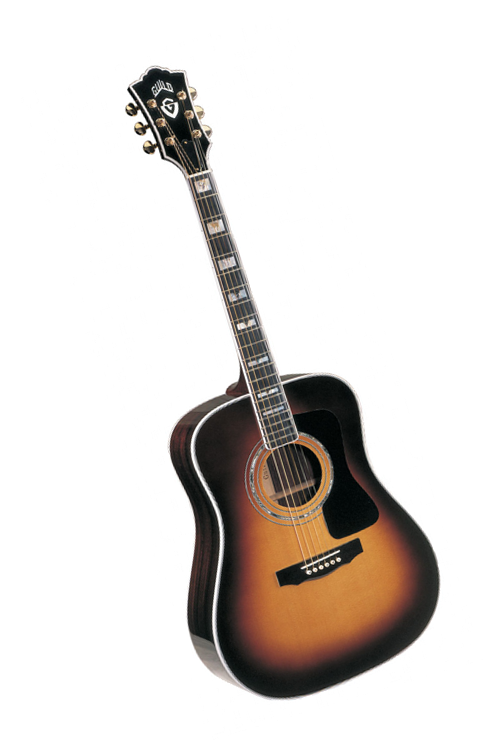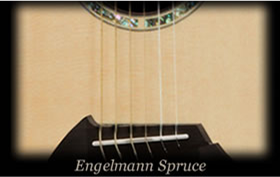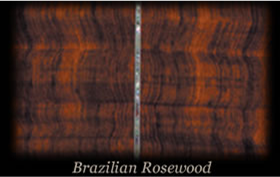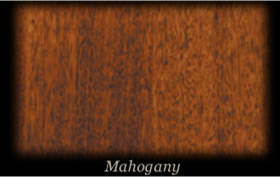THE BASICS
There are two important factors that influence the tone of a guitar
The Wood and The Shape
The Wood
There are again two important areas that wood selection will play a role
First is the top peice of wood or the sound board, and also the back and sides
Top Wood - The Sound board
Many guitar builders place a large importance on the sound board they place on there guitar.
It is commonly believe that it is the most influencial when providing a tone.
Some good qualities to look for is a 'solid top', refering that the soundboard is a one solid peice of wood and not another board with a laminate top on it.
There are two important factors that influence the tone of a guitar
The Wood and The Shape
The Wood
There are again two important areas that wood selection will play a role
First is the top peice of wood or the sound board, and also the back and sides
Top Wood - The Sound board
Many guitar builders place a large importance on the sound board they place on there guitar.
It is commonly believe that it is the most influencial when providing a tone.
Some good qualities to look for is a 'solid top', refering that the soundboard is a one solid peice of wood and not another board with a laminate top on it.
Top
Back and Side Wood
The wood that is used to construct the back and sides does not play as important of a role on the tonal qualities of the guitar as the sound board does. Because of this more of an aethetic influence can play a role in deciding what to use.
Here are some common back and side woods
The Shape
 Most guitars have two wider
portions and a narrow area inbetween. The
narrow area was added so the guitar could comfortably sit upon your
knee.
Most guitars have two wider
portions and a narrow area inbetween. The
narrow area was added so the guitar could comfortably sit upon your
knee.The wider portion at the bottom of the guitar is reffered to as the lower bout. The lower bout plays a role in determining the lower tones. The wider portion close to the neck of the guitar is the higher bout. This plays a role in determining the higher tones.
For many it is the aesthetic qualities of the lower and upper bouts, not the tonal differences, that will influence a guitaris to purchase an instrument.
Top



